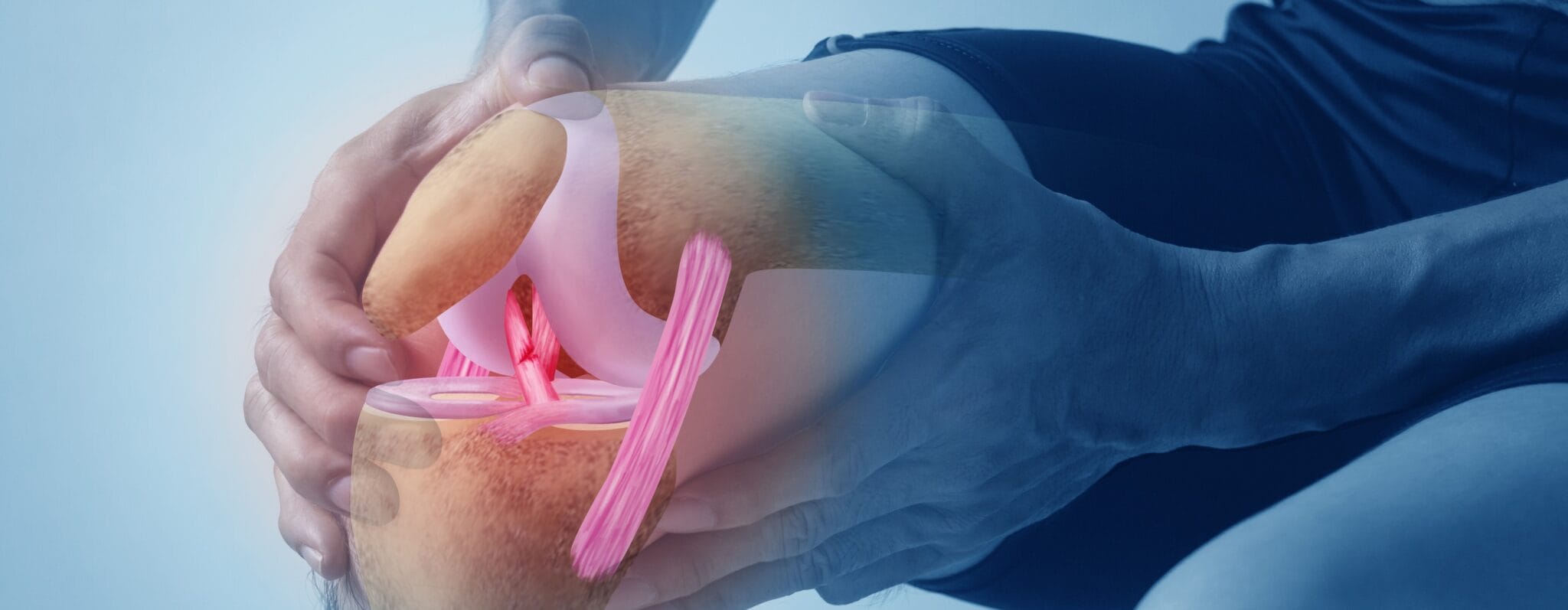ACL (anterior cruciate ligament) injuries are among the most common and debilitating knee injuries, especially for athletes and active individuals. They can sideline you for months and even require surgery.
However, with the right prevention strategies, you can significantly reduce your risk. Here are five essential tips to help keep your ACL strong and injury-free.
What is an anterior cruciate ligament (ACL)?
Your ACL helps stabilise the knee joint by preventing excessive forward movement of the tibia (shinbone) and controlling rotational forces.
An ACL tear typically causes sudden, severe knee pain, often accompanied by a popping sound at the time of injury. Other common symptoms include swelling, knee instability, difficulty bearing weight, and a limited range of motion, making it hard to bend or straighten the knee.
Common causes of ACL injuries
ACL injuries commonly occur due to sudden movements that put excessive stress on the knee. Some of the most frequent causes include:
- Sudden stops or changes in direction: Quick pivots, side-stepping, or abrupt stops can strain the ACL.
- Incorrect landing from a jump: Landing with the knees caving inward or with poor control increases injury risk.
- Direct impact to the knee: A collision in contact sports, such as football, can lead to an ACL tear.
- Overextension of the knee: Hyperextending the knee, often seen in awkward falls or sudden decelerations, can injure the ACL.
- Weak muscles and poor stability: Insufficient strength in the hamstrings, quadriceps, and core can make the knee more vulnerable to injury.

Tips to prevent ACL injury
ACL injuries can range from mild sprains to complete tears, often requiring surgery and months of rehabilitation.By incorporating these five tips into your routine, you can protect your knees, enhance performance, and stay injury-free.
1. Strengthen your leg muscles
Strengthening your leg muscles, including the quadriceps, hamstrings, glutes, and calves, is one of the most effective ways to prevent ACL injuries. Strong muscles provide stability and support to the knee, reducing strain on the ACL.
Exercises like squats, lunges, and hamstring curls help enhance muscle strength, improve coordination, and protect the knee from injury.
2. Improve your balance and stability
Poor balance and weak core muscles can lead to awkward landings or sudden movements that increase ACL injury risk. Training your body to stay stable under pressure will help prevent dangerous knee movements.
Exercises like single-leg stands, BOSU ball workouts, and core strengthening routines allow better knee alignment and reduce the risk of awkward landings or sudden movements that strain the ACL.
3. Focus on proper jumping and landing techniques
Incorrect jumping and landing mechanics put extra stress on your ACL. To minimise risk, practice:
- Bending your knees and hips when landing
- Landing softly on the balls of your feet, not flat-footed
- Keeping your knees aligned with your toes
- Avoiding inward knee collapse
4. Stay flexible and mobile
Staying flexible and mobile is key to preventing ACL injuries. Tight muscles can cause imbalances and increase stress on the knee.
Regular stretching, focusing on the hamstrings, quads, and hip flexors, as well as dynamic warm-ups, improve joint mobility, reduce stiffness, and help maintain proper movement patterns for injury prevention.
5. Train smart and avoid overuse
Overtraining or sudden increases in intensity can make your ACL more vulnerable. Listening to your body and allowing time for recovery is just as important as strengthening exercises.
Gradually increase intensity and volume to avoid excessive strain on the knees. Incorporate rest days into your routine, cross-train with low-impact activities, and listen to your body. This approach helps maintain knee health and reduces the risk of injury.
When should I see a knee specialist for an ACL injury?
Immediately following your injury, it is recommended to use the RICE method (Rest, Ice, Compression, Elevation) to help reduce pain and swelling.
If you suspect an ACL injury, it’s important to see a knee specialist as soon as possible to prevent further damage and start appropriate treatment. While some minor knee injuries heal with rest, ACL injuries often require medical attention.
ACL treatment at The Horder Centre, Crowborough
The Horder Centre offers comprehensive care for individuals dealing with ACL injuries, from diagnosis to rehabilitation. Our team of expert orthopaedic surgeons and musculoskeletal specialists provide tailored treatment plans, including diagnostic imaging, knee physiotherapy and knee surgery.


